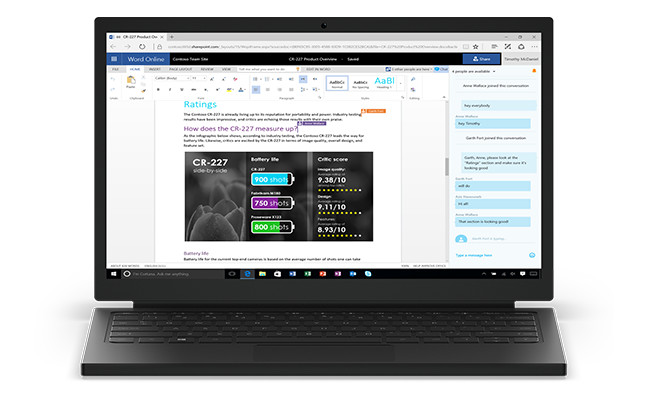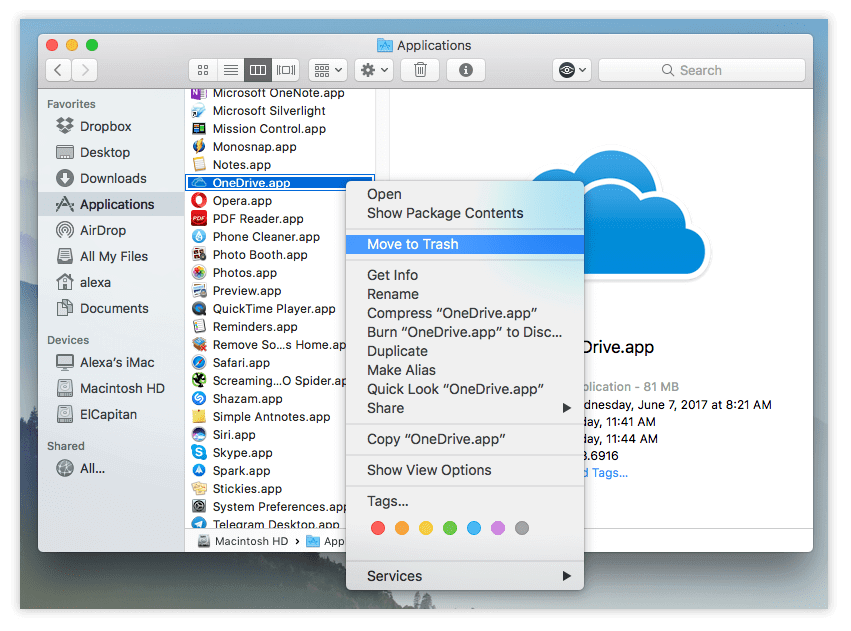

adml in the appropriate language subfolder, such as en-us. admx file in your domain's Central Store, \\ domain\sysvol\domain\Policies\PolicyDefinitions (where domain is your domain name, such as ), and the. admx files.īrowse to %localappdata%\Microsoft\OneDrive\ BuildNumber\adm\ (for per-machine sync app browse to C:\Program Files (x86)\Microsoft OneDrive\BuildNumber\adm\ or Program Files\Microsoft OneDrive\BuildNumber\adm\ (depending on the OS architecture)), to the subfolder for your language, as necessary (where BuildNumber is the number displayed in sync app settings on the About tab). (To see which builds are releasing and download builds, go to the release notes.) Installing the sync app downloads the. See our guide to Windows Server for more on that OS and how companies use physical servers.Install the OneDrive sync app for Windows. If they do so, the admins decide how much storage space each user gets. This allows them to host everything on their own physical server instead of using Microsoft's cloud.

However, business users can also host their OneDrive for Business library on a SharePoint server. With this setup, each user gets at least 1TB of space. They can keep it in the Microsoft cloud, which is a lot like personal OneDrive. One of the major differences of OneDrive for Business is that system administrators decide where to host the service. Of course, there are differences in what they offer. Using the service with a personal Microsoft account grants access to the standard version of OneDrive, while logging in with your work or school account leads to OneDrive for Business.

Microsoft's overview page on OneDrive for Business says no matter which service you use, "it's all OneDrive." At its core, OneDrive for Business is almost the same service as OneDrive.


 0 kommentar(er)
0 kommentar(er)
